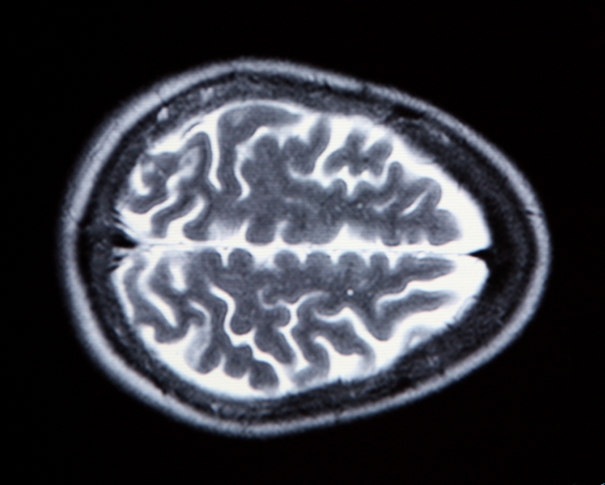
Antioxidant carbon particles improve cerebrovascular problems after brain trauma . Image: Shutterstock.
Carbon nanoparticles quench potent free radicals and stabilise cerebral blood flow.
Following a traumatic head injury, a cascade of secondary problems can occur. Cells start to release excessive amounts of a toxic free radical, superoxide (SO), into the blood. It causes inflammation and overwhelms the brain’s natural defences.
Limiting the amount of SO after brain injury is key to effective emergency treatment and full recovery of trauma patients. On this premise, US researchers from Rice University and Baylor College of Medicine have developed carbon nanoparticles that are capable of immediately destroying thousands of SO molecules at once. This is a major medical breakthrough considering our body’s natural SO neutraliser, superoxide dismutase (SOD), can interact with just one SO molecule at a time.
“There are many ways free radicals injure the brain and blood supply,” says Thomas Kent, co-author of the paper published in the American Chemical Society journal ACS Nano. “One important way is to interact with nitric oxide, [which] is a dilator that allows blood vessels to react to low blood pressure, like what happens during haemorrhagic shock… When SO and NO react, it creates more damaging chemicals, but also prevents NO from doing its important action.”
The nanoparticles developed by the researchers are called combined polyethylene glycol-hydrophilic carbon clusters (PEG-HCC). They are known antioxidants because of the way they interact with free radicals and are already being tested to enhance cancer treatment. They have also been shown to restore cerebral blood flow in animal studies of brain trauma.
“The carbon nanoparticles scavenge excess SO and deactivate [it] and all subsequent downstream products that would have formed”¦ So blood flow is restored to normal,” says co-author James Tour from Rice University. “This is one of the remarkable characteristics of the nanoparticles: they scavenge the damaging radicals while not affecting nitric oxide,” adds Kent.
The researchers have repeated the tests three times and obtained the same results. They plan on getting another laboratory to replicate the study to show that neurological function is definitely improved following the treatment. In future studies they hope to devise a method of getting the nanoparticles to target specific cell types that are affected after trauma and also hope to elucidate the precise mechanism of action of these promising carbon compounds.
Source: Rice University







bakshi manzoor ul aziz
September 7, 2012
quite interesting but how it fights thousands of SO molecules at a time n also are there any toxic end products?